NOAH'S ARK DISCOVERS
NOAH'S ARK DISCOVER
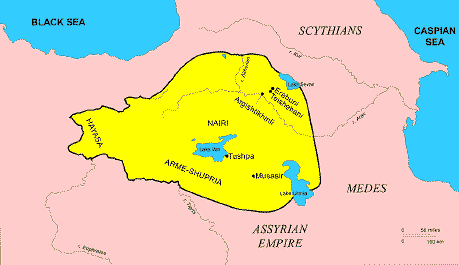
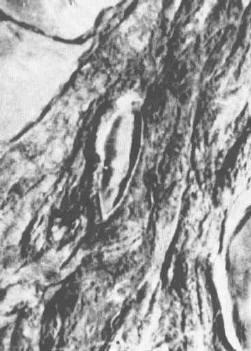
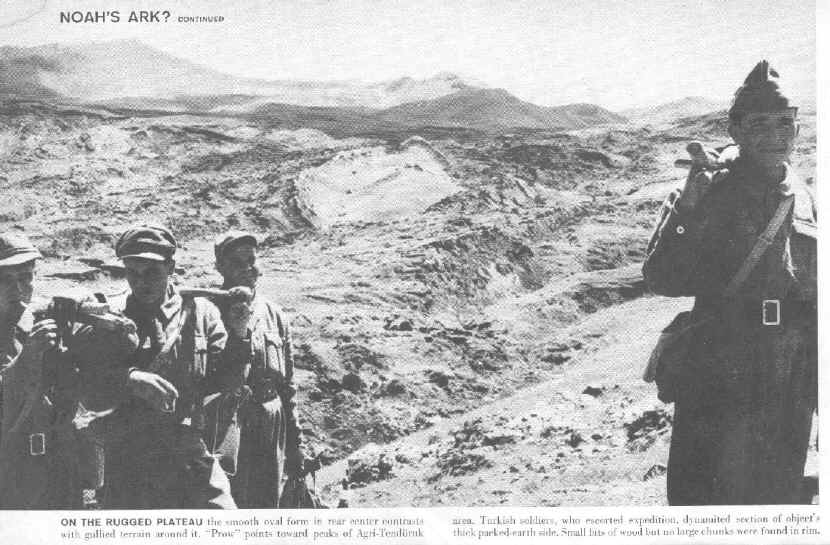
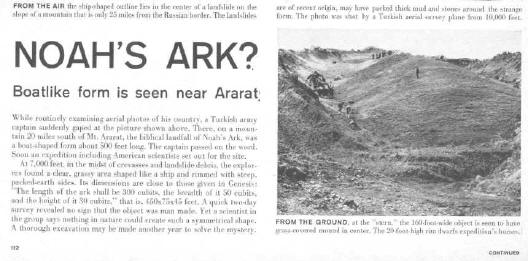
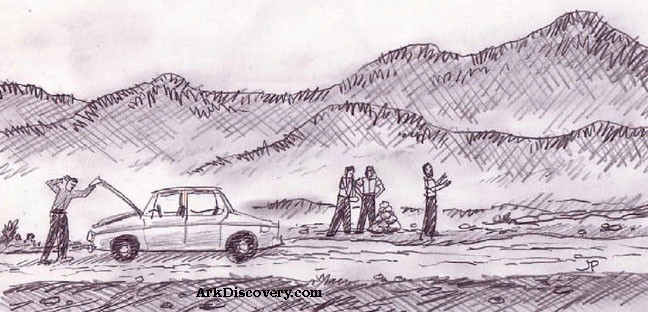
And God remembered Noah, and every living thing, and all the cattle that was with him in the ark: and God made a wind to pass over the earth, and the waters asswaged;The fountains also of the deep and the windows of heaven were stopped, and the rain from heaven was restrained;And the waters returned from off the earth continually: and after the end of the hundred and fifty days the waters were abated.And the ark rested in the seventh month, on the seventeenth day of the month, upon the mountains of Ararat.And the waters decreased continually until the tenth month: in the tenth month, on the first day of the month, were the tops of the mountains seen. And it came to pass at the end of forty days, that Noah opened the window of the ark which he had made:(Genesis 8:1-6)
The Biblical Location
There is only one verse in the Bible which gives us a hint of where we the ark came to rest, "the ark rested...upon themountains of Ararat." Genesis 8:4. Where is Ararat? The name Ararat is a large area or ancient country covering eastern Turkey, western Iran and western Russia, as shown in yellow below.

"The name Ararat, as it appears in the Bible, is the Hebrew equivalent of "Urartu", ancient country of southwest Asia...mentioned in Assyrian sources from the early 13th century BC" Encyclopaedia Britanica 15th ed. Some have mistakenly assumed the Bible meant the ark came to rest on Mount Ararat (Agri Dagh), but that is not the case. Mount Ararat is 17,000 feet tall, and is a post-Flood volcanic mountain that gained its height after the Flood, therefore there is no reason to assume it is a more likely candidate for the resting place of the ark, instead it is a less likely candidate. The ark came to rest in the mountains of the ancient country of Urartu, not on Mt. Ararat.
The Ancient Historical Record
Flavius Josephus, c. 90 AD, the famous Jewish historian stated, "Its remains are shown there by the inhabitants to this day." He quotes Berosus the Chaldean, c. 290 BC, who indicated tourists would take home pieces of the ark for making good-luck charms, "It is said there is still some part of this ship in Armenia, at the mountain of the Cordyaeans; and that some people carry off pieces of the bitumen, which they take away, and use chiefly as amulets for the averting of mischiefs." These comments tend to indicate its location would not be in an inaccessible area. At some point, the ark was covered by a mud and lava flow which caused future generations to lose its location.
Life Magazine 1960



The 1960 expedition to the ark found a formation whose top sides were even with ground level as seen in the photos above. The site researched by Ron Wyatt is 18.2 miles south of Mount Ararat at the elevation of 6,524 ft., in the "mountains of Ararat." A Turkish captain, Llhan Durupinar, was reviewing NATO Geodetic Survey photographs of the area in 1959, and noticed a boat shaped formation. Others in the U.S. then analyzed the photograph including Dr. Arthur J. Brandenburger, world famous expert in photogrammetry, who said "I have no doubt at all that this object is a ship. In my entire career I have never seen an object like this on a stereo photo. Even the approximate length of the object fits" The Ark File, p118. An expedition sponsored by a party from the U.S. included among others, Rene Noorbergen, later author of The Ark File; and George Vandeman, evangelist, and Dr. Brandenburger. They made a visual inspection of the site and conducted no scientific studies, only some digging and dynamiting of the ark and and mistakenly concluded this site was just an "odd geological formation." The expedition was expecting to find on the surface of the ark "petrified beams" The Ark File, p126, by digging in a few places. An article then appeared in the September 5th, 1960, Life magazine, shown above, revealing a very impressive aerial photo of an extremely large boat-shaped object, plus two photos taken by the expedition. Seventeen years later in 1977, Mr. Wyatt made his first of 24 trips to the ark, and he was impressed that this really was the remains of Noah's Ark! In the research he performed over the next 15 years, Mr. Wyatt successfully performed metal detection tests and subsurface radar scans of the site, and he proved this site really IS the mud-and-lava covered remains of Noah's Ark!

Above: Ron Wyatt in 1977 wanted to visit the area to find the ark, but none of the 1960 group could tell him where it was located, just some where near Mt. Ararat. Ron had three days in the area, so he and his two sons prayed that the Lord would help them. They hired a taxi and started driving around, then the taxi stalled. They were surprised, and quickly piled up stones to mark the spot. The car then started and they drove off. This happened three times. The next day Ron went back to the piles of stones and walked out from them. He found the ark, the anchor stones that you will see, and the remains of Noah's house. God had performed miracles to partner with Ron in revealing this amazing discovery.


Comments
Post a Comment